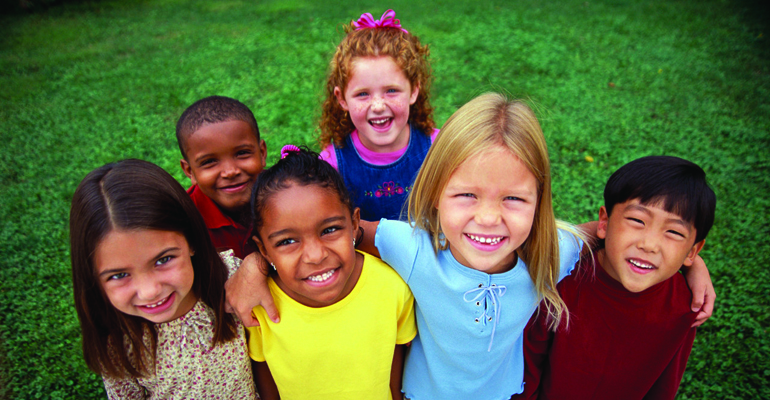Between the ages of six and eight, children want to fit in with and measure up to their peers. At school they observe their friends’ families, and realize that their stories are different from those of other kids. They may hear hurtful comments from classmates, or see negative portrayals of adoption in movies or books.
Children who used to talk freely and openly may become more private about their adoption stories, just wanting to “fit in.” A child adopted transracially may withdraw from people of her race or culture of origin in response to negative stereotypes or observed prejudice.
Ambivalence about being adopted is normal at this age. Help your child by pointing out that, while he might feel different, he shares many similarities with his friends and other family members.
Exploring the Issues
It might be hard for a young child to put his thoughts into words, but initiating a discussion will give him an opportunity to explore his feelings. These may be difficult conversations, but there are tools that can help.
Adoption playgroups let a child connect with other adoptees, providing a peer group with whom he can identify and share common experiences. Children can use group play to explore their feelings in more depth and to learn how to manage rude or unwelcome comments or questions. Such groups may be organized by adoption counselors, support groups, schools, or run informally by parents.
Creating an adoption lifebook is a wonderful way for children to make sense of their stories, cultures, and feelings about birth families. Such lifebooks are different from the ones parents make for their children.
They enable the child to express his own feelings about his history — what he knows, and what he fantasizes about his adoption — and can be a valuable communication tool between you and your child. See if your adoption agency or a local parent support group offers lifebook workshops, or go to tapestrybooks.com for resources.
Transracial families should look for mentors and role models for their children. Seek out babysitters who share your child’s heritage at a support group for teens or adult adoptees. Other good resources include churches that focus on a particular culture, such as a local Chinese community church, or culture clubs at nearby high schools or universities.
Point out public figures who share the same cultural background. Let your child see his culture as the norm, not as “special.” Arrange everyday interaction with real people instead of relying on special events, like heritage festivals or performances, to expose your child to his culture.
This is a difficult but rich phase, one that can bring your family closer and give your child’s self-esteem a chance to grow by leaps and bounds. Remember, you don’t have to have all the answers on the spot. Validating your child’s feelings is just as important.


